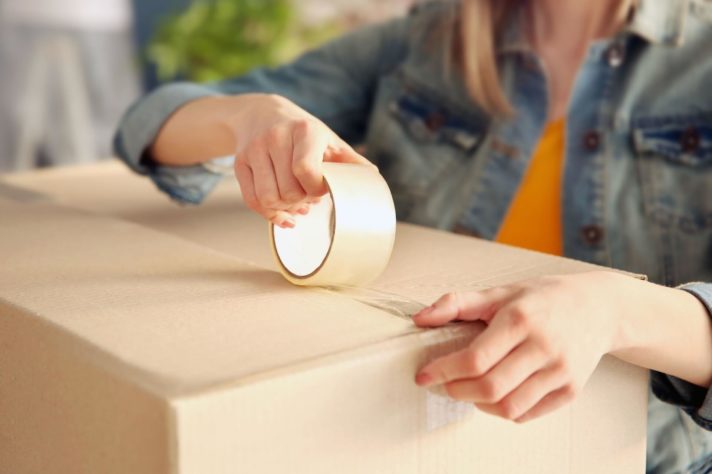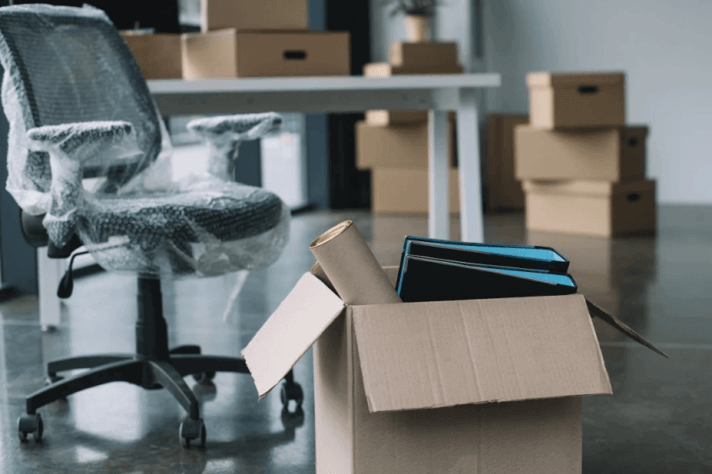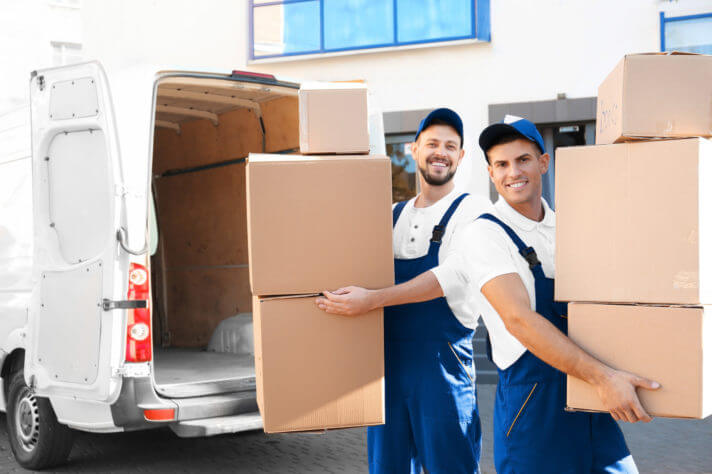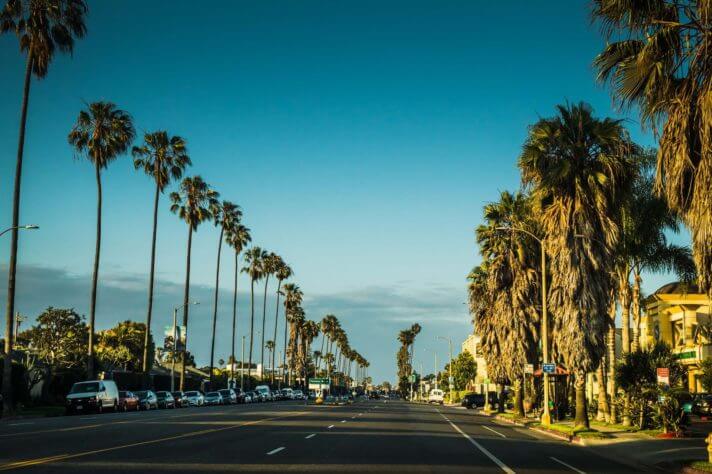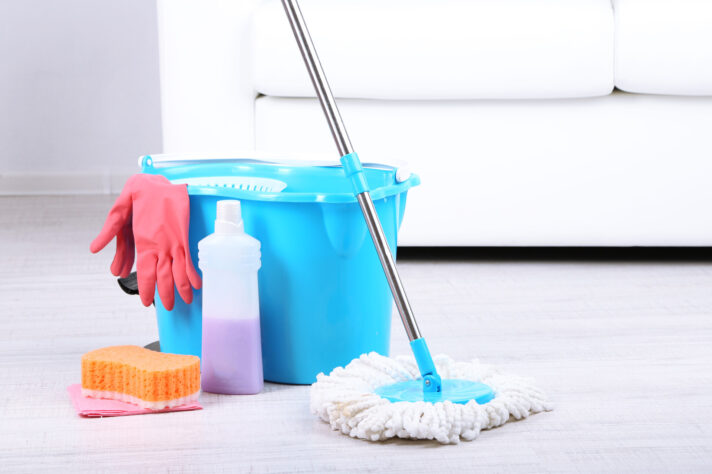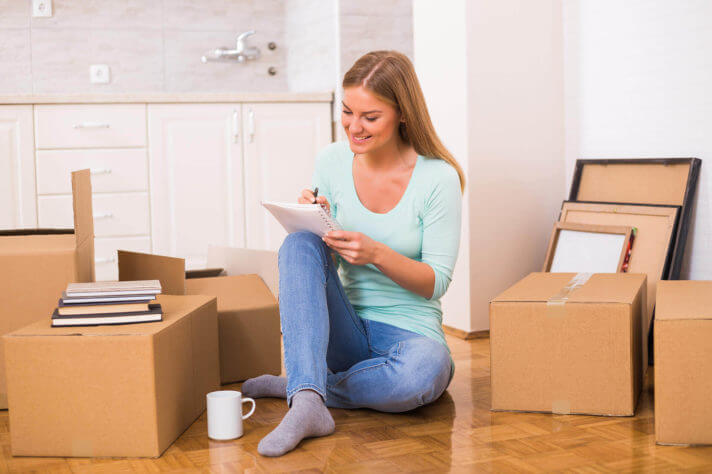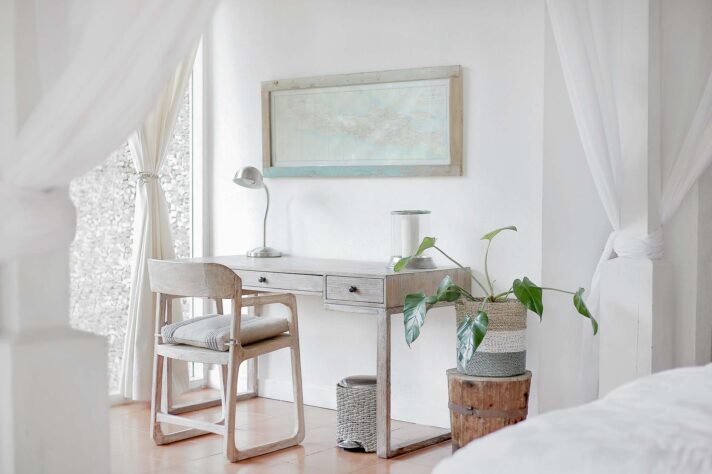When relocating garden pots, start by exploring the diverse types, designs, and durability of these items and the right way to store them. Learn the step-by-step process of how to box them up and prepare them for relocation, gather the right supplies, and label their packages properly. For peace of mind, consider booking a long-distance moving company to ensure their safe relocation. Just know they must be emptied beforehand because movers cannot move your plants.
How to Pack Garden Pots for Moving: A Complete Guide for a Stress-Free Relocation
Moving cross country can be a challenging task, especially when it comes to our beloved garden pots. Ensuring they reach the new location safely is crucial for every plant lover. So, how to pack garden pots for moving efficiently and securely? Dive into this complete guide and gain the confidence to guarantee a stress-free and smooth transition for both you and your cherished gardening tools. Let’s embark on this journey together!
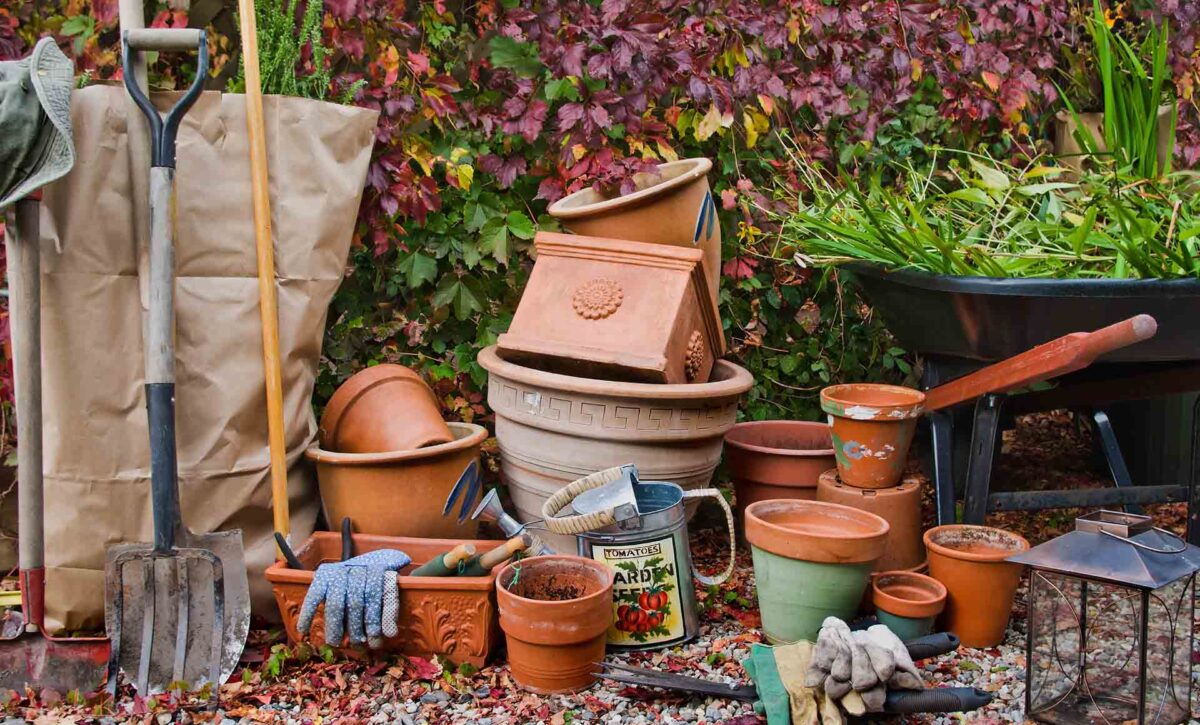

What Types of Garden Pots Are There?
If you are planning to relocate and box up your garden pots, it’s essential to understand their unique attributes to ensure their safe transition. It’s crucial to use sturdy boxes for their relocation and ensure there’s no room for movement inside the packaging. Proper attention to each item’s specific needs will ensure they arrive at their destination in impeccable condition.
Ceramic Flowerpots Blend Tradition and Elegance
Ceramic pots, renowned for their aesthetic appeal and versatility, have been a favorite choice for gardeners and interior designers alike for centuries. Beyond aesthetics, they provide good insulation for plant roots, ensuring a consistent temperature that promotes healthy growth.
However, their porous nature means they can retain moisture, making them ideal for plants that don’t require frequent watering. While sturdy, they can be brittle and susceptible to cracking if subjected to hard impacts of rapid temperature changes. As such, they require ample padding, separation from other items, and careful handling when relocating them to another state.
Plastic Pots Offer Durable Design for Sustainable Gardening
Plastic pots, celebrated for their practicality and durability, have become increasingly popular in gardening and interior décor realms. These are lightweight, making them easy to handle, transport, and rearrange. Also, they resist breaking, chipping, or cracking, offering longevity even when faced with accidental drops or harsh environmental conditions.
However, they can fade or become brittle with prolonged exposure to direct sunlight, and they can be scratched or deformed under pressure. So, it is wise to place them within a protective outer layer and avoid stacking without cushioning.
Earthy Elegance for Verdant Growth
Terracotta pots, emblematic of earthy charm and timeless elegance, have graced gardens and homes for millennia. Their porous nature allows for excellent aeration, making them particularly suited for plants that prefer drier soil conditions. This quality ensures that excess moisture is swept away, reducing the risk of root rot.
However, this also means terracotta can dry out more quickly, requiring frequent watering in certain conditions. Another inherent characteristic is their vulnerability to temperature fluctuations, and they can crack in freezing temperatures or if exposed to direct heat. For these, you’d want to use bubble wrap or thick padding to cushion against impacts.
Check the video below for tips on how to safeguard your terracotta and clay pots from cracking.
The Modern Appeal of Industrial Elegance
Metal pots, reflecting a blend of industrial allure and contemporary flair, have carved a niche in modern gardening and home design. Due to their non-porous nature, they retain water efficiently, which can be advantageous for certain plant types but may also necessitate well-planned drainage systems to prevent over-watering. A distinct advantage of metal is its durability and resistance to chipping or cracking.
However, certain metals can corrode or tarnish over time, especially when exposed to moisture or certain soil types. Their thermal conductivity also means they can heat up or cool down rapidly, affecting the soil temperature and potentially the plant’s health. To preserve their finish, wrapping them in corrosion-resistant materials or placing desiccants can be beneficial.
The Solid Appeal and Enduring Charm
Concrete and stone pots offer a blend of timeless sophistication and unparalleled durability, making them a favored choice for landscaping and architectural design. Their hefty weight ensures stability even in turbulent weather, making them ideal for outdoor settings. The dense nature of these materials means they retain moisture longer, benefiting plants that thrive in consistently damp conditions.
However, they may necessitate drainage solutions to prevent over-watering and root rot. While their ruggedness is undisputed, they can still chip or break at the edges. Hence, it’s crucial to use sturdy boxes for these and ensure there’s no room for movement inside the packaging.


How to Pack Garden Pots for Moving – Step-by-Step Process
By diligently organizing your boxing-up process, you will significantly reduce the risks of damages such as cracks, chips, or dents in the containers. While it might seem tempting to cut corners, these guidelines ensure the well-being of your possessions. It also safeguards against potential regulatory hassles and guarantees peace of mind during what can be a stressful moving process.
Selecting the Right Packing Materials
With the right packing materials at hand, the boxing-up task can be approached with confidence, ensuring the safety of your treasured belongings. Here is the list of different packing materials needed for an efficient boxing-up process:
- Bubble wrap – provides cushioning against shocks and prevents scratching,
- Sturdy boxes – get crates of different sizes and materials,
- Foam peanuts – fill empty spaces in boxes, providing additional cushioning,
- Stretch wrap – useful for wrapping large items or multiple objects together, keeping them secure,
- Newspaper or kraft paper – provides additional padding and can be used to cover smaller items,
- Cardboard dividers – useful for separating multiple objects within a larger crate to prevent them from knocking against each other,
- Sealable plastic bags – for retaining the soil, if you need to remove a plant from its pot,
- Tape – reinforce the bottom and top of containers, ensuring they don’t give way,
- Labels – clearly labeling boxes with “Fragile” or “Handle with Care” can guide movers on how to treat them,
- Desiccant packs – for metal or certain ceramic pots that might be vulnerable to moisture during transit.
Preparing Garden Pots for Packing
Have a move-out cleaning of each pot and remove any attached dirt or algae that might have accumulated over time. This not only reduces the mess during transportation but also provides an opportunity to inspect the item for any damage or wear.
If you are relocating them with plants still inside, shake off or gently brush away any loose soil from the surface, ensuring the root system remains undisturbed. For the relocation of the plants, a prudent pruning might be in order. Cutting back overgrown or unhealthy portions can reduce the plant’s relocation stress, making it more resilient to different climates and minimizing potential damage.
Wrapping and Packing Garden Pots
Each item, depending on its material, needs individualized wrapping care. Fragile ones, like those made of ceramic or terracotta, should be enveloped in bubble wrap, covering every side and the base to provide a cushion against shocks. Metal or plastic variants can be shielded with stretch wrap or newspaper layers to avoid unsightly dents or scratches.
Once wrapped, strategic box placement is crucial. Heavier or bulkier objects should anchor the bottom of boxes, while more lightweight ones can rest above, separated by cardboard dividers or nestled in packing peanuts. Ensure that everything fits snugly within its space, limit movement, and enhance protection during transit. By doing this, you will pave the way for an efficient relocation.
Moving
Our mission is to bring high quality, long distance moving services to every customer.
Packing
Our expert moving teams are trained to ensure the safety of your personal belongings.
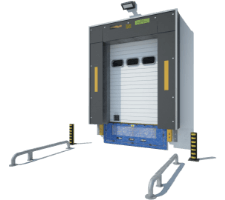
Storage
Cross Country Moving Company is the most trusted name in auto industry in the country.
Labeling and Handling Instructions
To safeguard your valuable and fragile items, it’s imperative to use labels that vividly indicate their brittleness. Bold, easy-to-spot “Fragile” or “Handle with Care” stickers can be placed on multiple sides of the box, ensuring visibility from any angle. For pots made of delicate materials or housing tender plants, additional notations such as “This Side Up” can prevent inadvertent overturning.
Moreover, when hiring cross-country movers, offering explicit handling tips can be beneficial. Inform them about the content’s sensitivity to jolts, tilting, or extreme temperatures. Taking a moment to communicate these specifics can be the difference between your goods arriving in pristine condition or facing unfortunate damage.


Special Considerations for Packing Plants in Pots
House plants are some of the items movers won’t move. However, certain unique considerations come into play when doing it on your own. This is especially important if the relocation involves long distances and crossing state lines. Different states have specific regulations and guidelines concerning the transportation of plants, primarily to prevent the spread of pests or diseases.
It’s crucial to research and get informed on these rules through government resources, such as the US Department of Agriculture or Animal and Plant Health Inspection Service (APHIS), to avoid potential complications or confiscations at checkpoints. Beyond regulatory compliance, the health and vitality of the plants remain paramount.
Before transit, ensure they are well-watered but not overly so as to avoid root rot. Maintaining a stable temperature is vital, so using insulated wraps or positioning them away from direct sunlight in vehicles can be beneficial. Periodic checks during longer journeys for signs of wilting or distress can be proactive measures.


Get the Help of Cross Country Moving Company for Packing and Moving Garden Pots
When it comes to the intricate task of shipping your belongings to another state, Cross Country Moving Company stands as a beacon of trust and expertise. There are moments in the moving process when professional expertise isn’t just a luxury but a necessity.
The sheer logistics of relocating, coupled with the sensitive nature of garden pots, make our specialized cross-country moving services an invaluable asset. Our team, adept in bespoke packing services, is trained to ensure that each item is secured meticulously and weather the journey’s stresses.
Engaging with an insured and licensed cross-country moving company like ours means you’re safeguarded against unforeseen mishaps. Damages, losses, or delays are not just corporate concerns, they’re personal to us, and our moving insurance is there to ensure that you’re never at a loss.


Relocate Pots and Have a Perfect Relocation
At Cross Country Moving Company, we recognize the profound bond you share with your cherished possessions. Our dedication to preserving this bond has cemented our reputation as leaders in long-distance moving services.
So, when you think of a perfect relocation, one that safeguards both the tangible and the intangible, think of us. Contact us today and embark on a journey where every detail is tended to with precision and care. We will help you relocate pots across the country so you can start your new garden as soon as possible.
